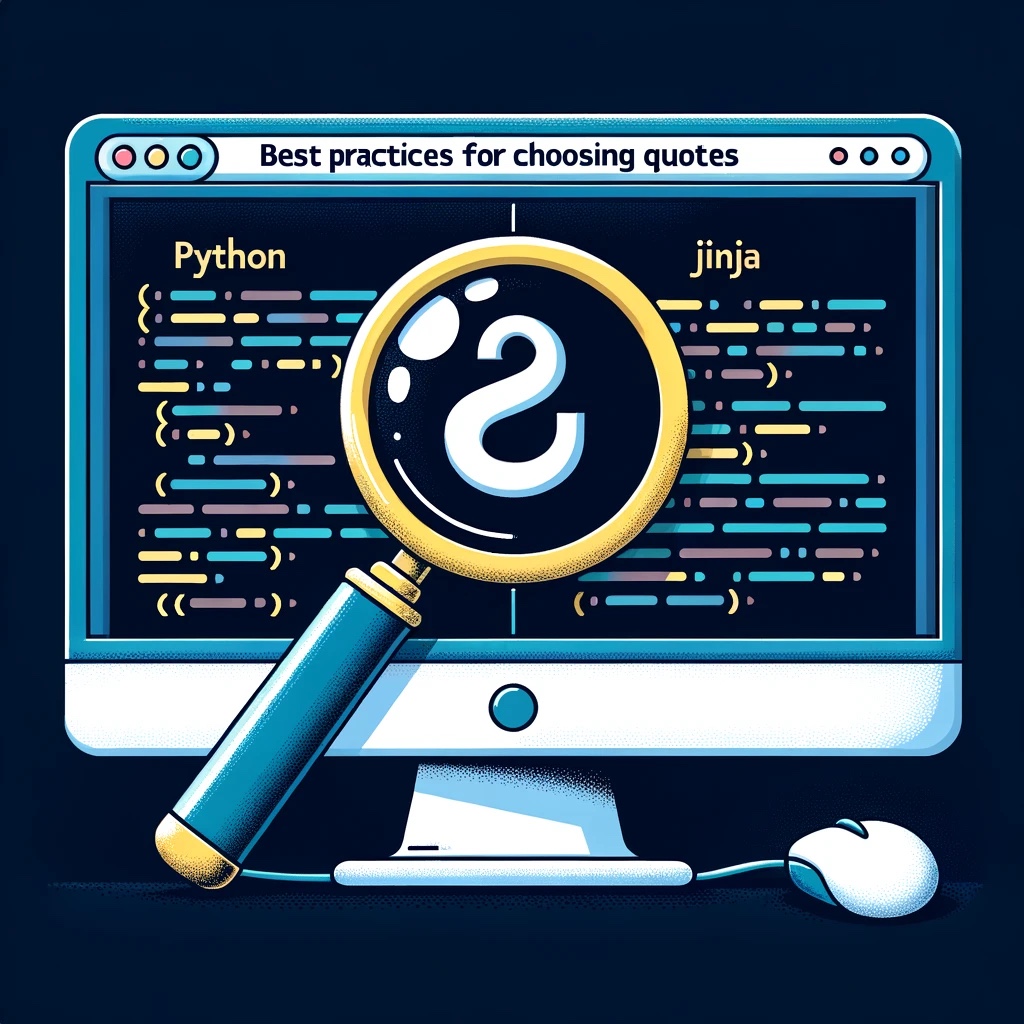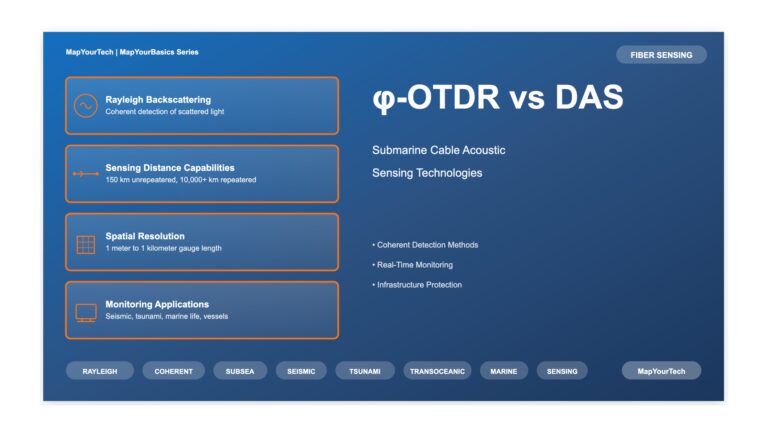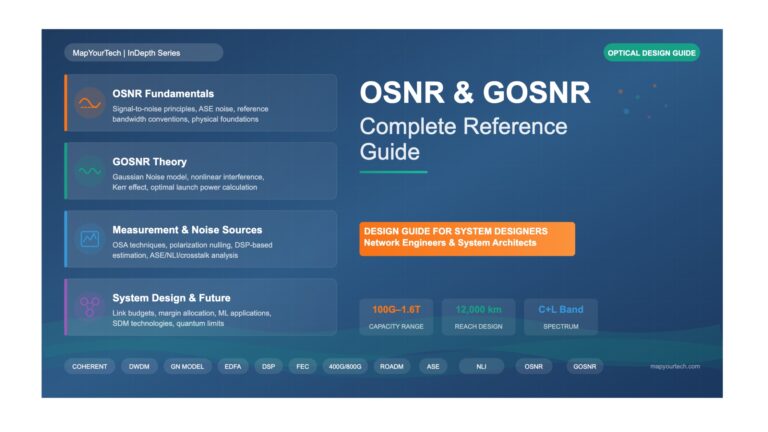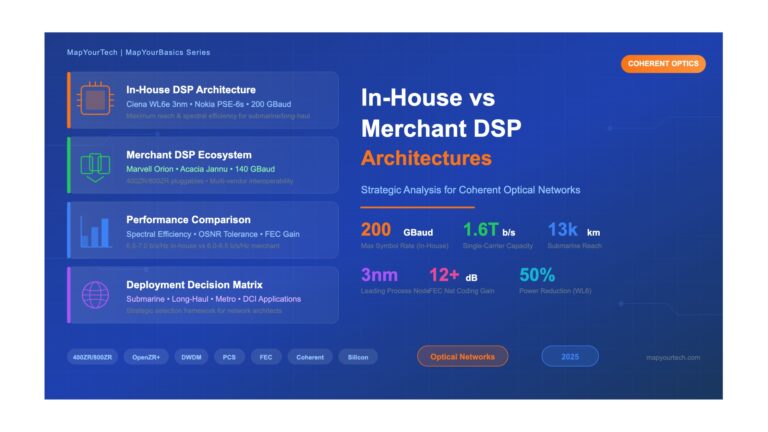Introduction
When working with Python and Jinja, understanding the nuances of single quotes (”) and double quotes (“”) can help you write cleaner and more maintainable code. In this article, we’ll explore the differences between single and double quotes in Python and Jinja, along with best practices for using them effectively.
Single Quotes vs. Double Quotes in Python
In Python, both single and double quotes can be used to define string literals. For instance:
single_quoted = 'Hello, World!'
double_quoted = "Hello, World!"
There’s no functional difference between these two styles when defining strings in Python. However, there are considerations when you need to include quotes within a string. You can either escape them or use the opposite type of quotes:
string_with_quotes = 'This is a "quoted" string'
string_with_escapes = "This is a "quoted" string"
The choice between single and double quotes in Python often comes down to personal preference and code consistency within your project.
Single Quotes vs. Double Quotes in Jinja
Jinja is a popular templating engine used in web development, often with Python-based frameworks like Flask. Similar to Python, Jinja allows the use of both single and double quotes for defining strings. For example:
<p>{{ "Hello, World!" }}</p>
<p>{{ 'Hello, World!' }}</p>
In Jinja, when you’re interpolating variables using double curly braces ({{ }}), it’s a good practice to use single quotes for string literals if you need to include double quotes within the string:
<p>{{ 'This is a "quoted" string' }}</p>
This practice can make your Jinja templates cleaner and easier to read.
Best Practices
Here are some best practices for choosing between single and double quotes in Python and Jinja:
- Consistency: Maintain consistency within your codebase. Choose one style (single or double quotes) and stick with it. Consistency enhances code readability.
- Escape When Necessary: In Python, escape quotes within strings using a backslash (
) or use the opposite type of quotes. In Jinja, use single quotes when interpolating strings with double quotes. - Consider Project Guidelines: Follow any guidelines or coding standards set by your project or team. Consistency across the entire project is crucial.
Conclusion
In both Python and Jinja, single and double quotes can be used interchangeably for defining string literals. While there are subtle differences and conventions to consider, the choice between them often depends on personal preference and project consistency. By following best practices and understanding when to use each type of quote, you can write cleaner and more readable code.
Remember, whether you prefer single quotes or double quotes, the most important thing is to be consistent within your project.

Unlock Premium Content
Join over 400K+ optical network professionals worldwide. Access premium courses, advanced engineering tools, and exclusive industry insights.
Already have an account? Log in here




